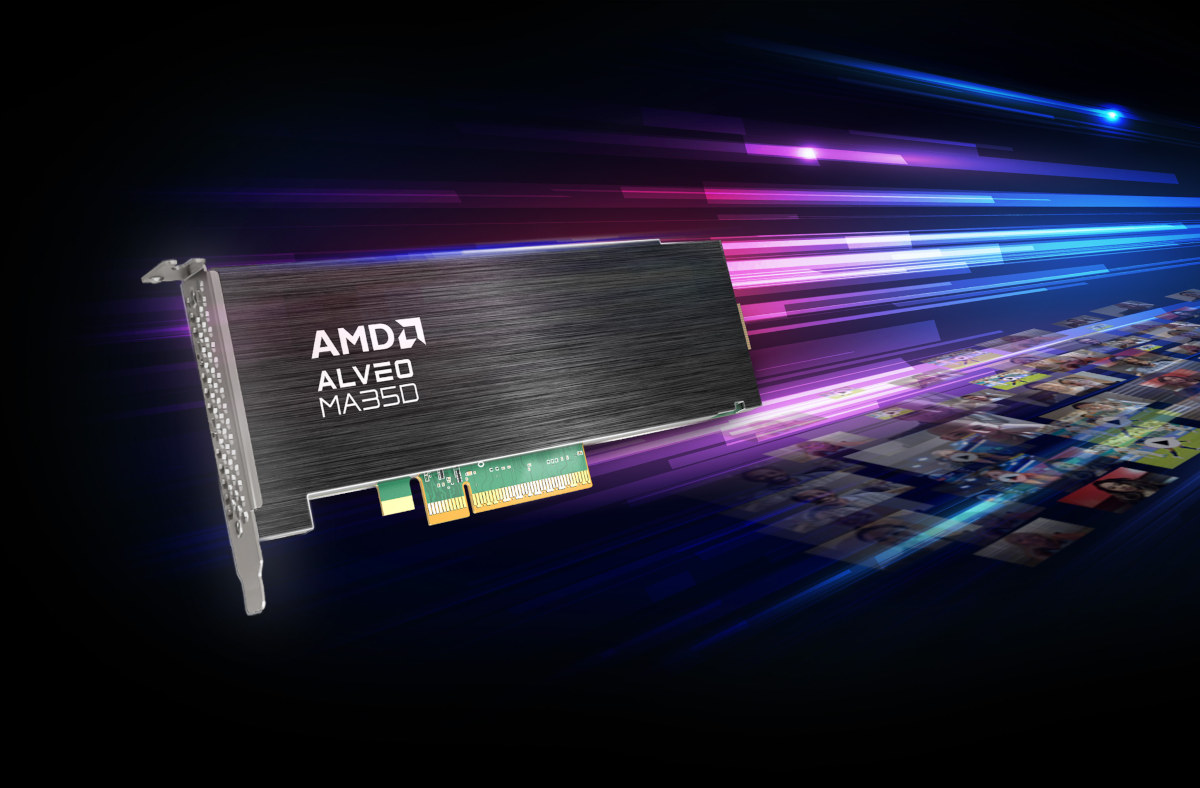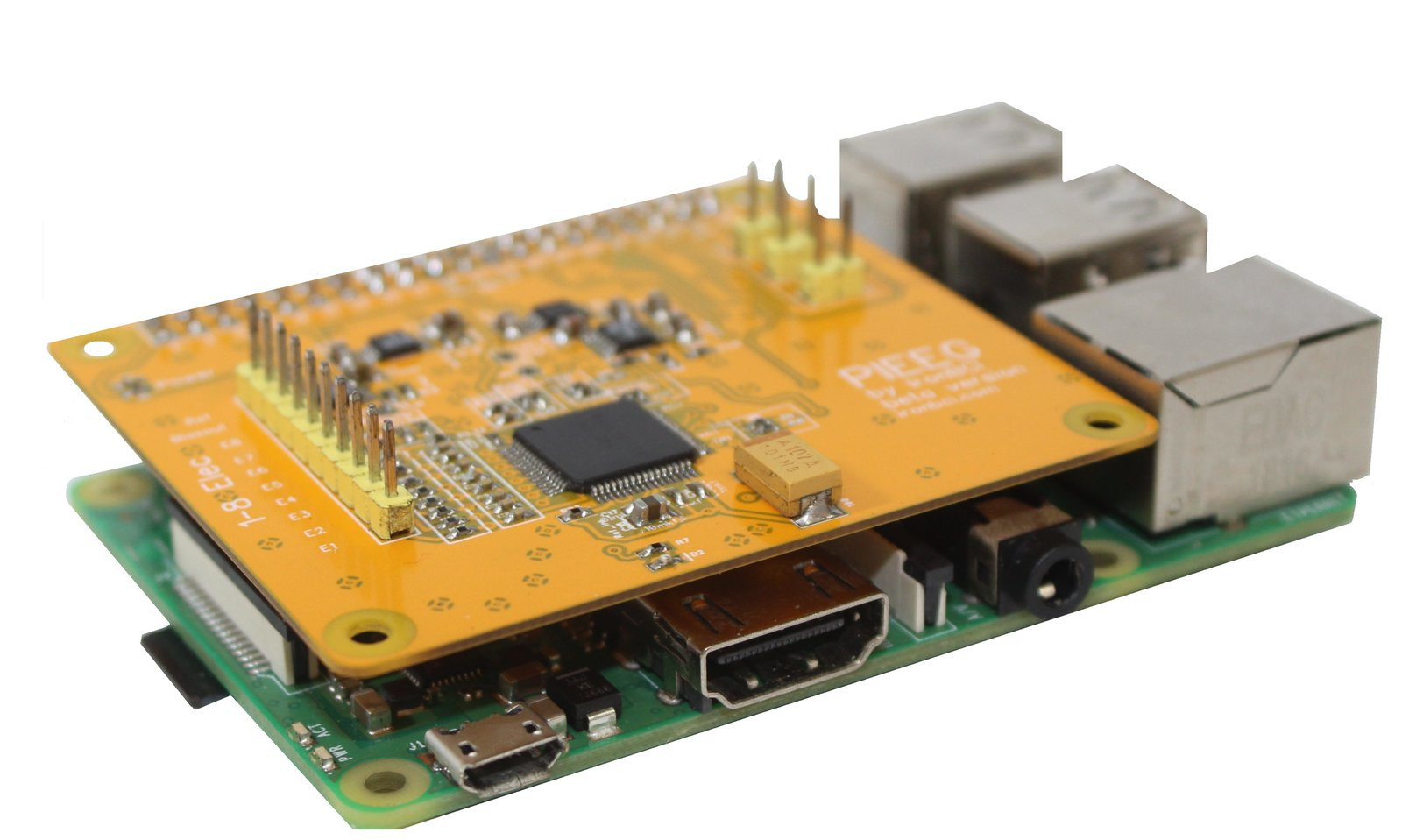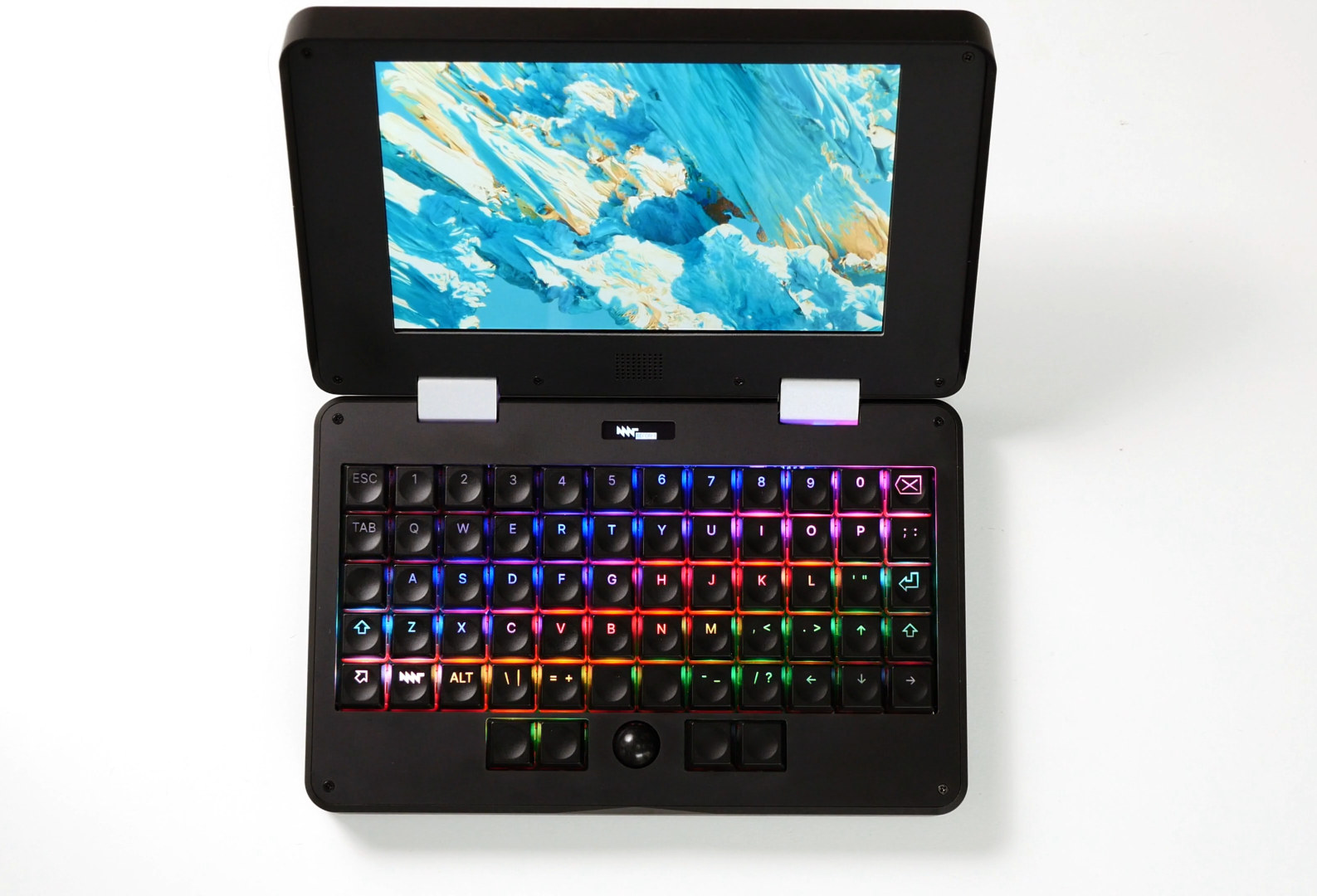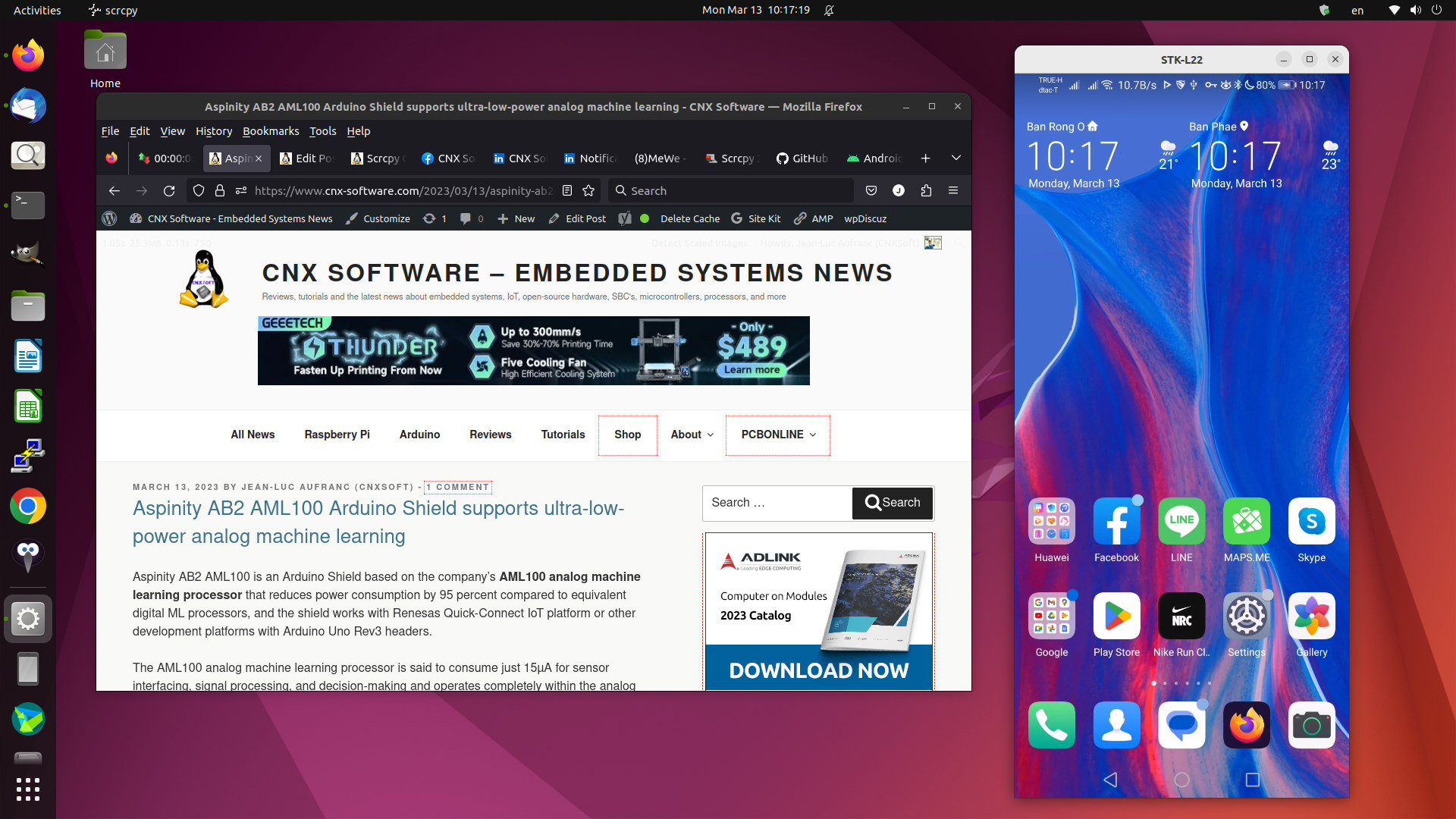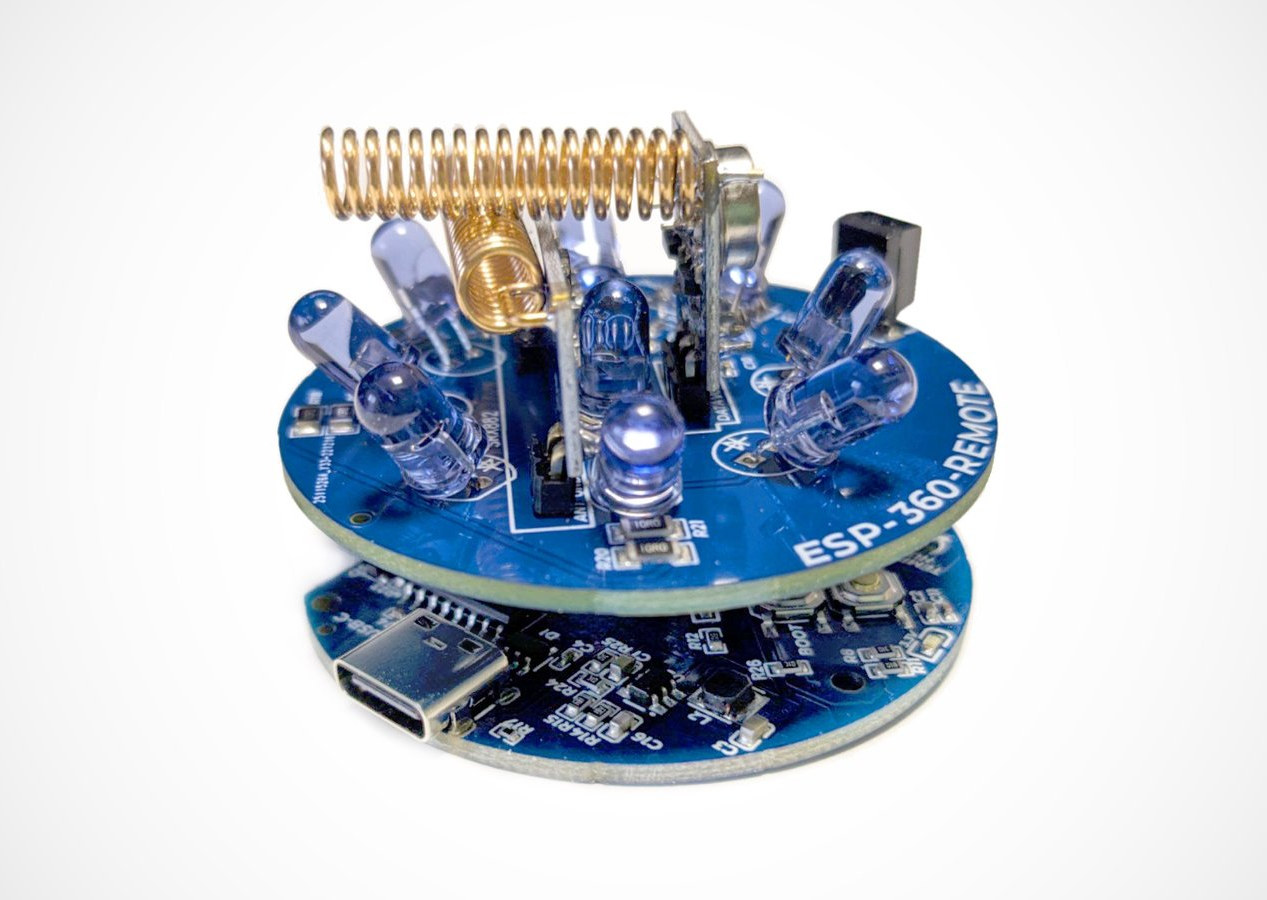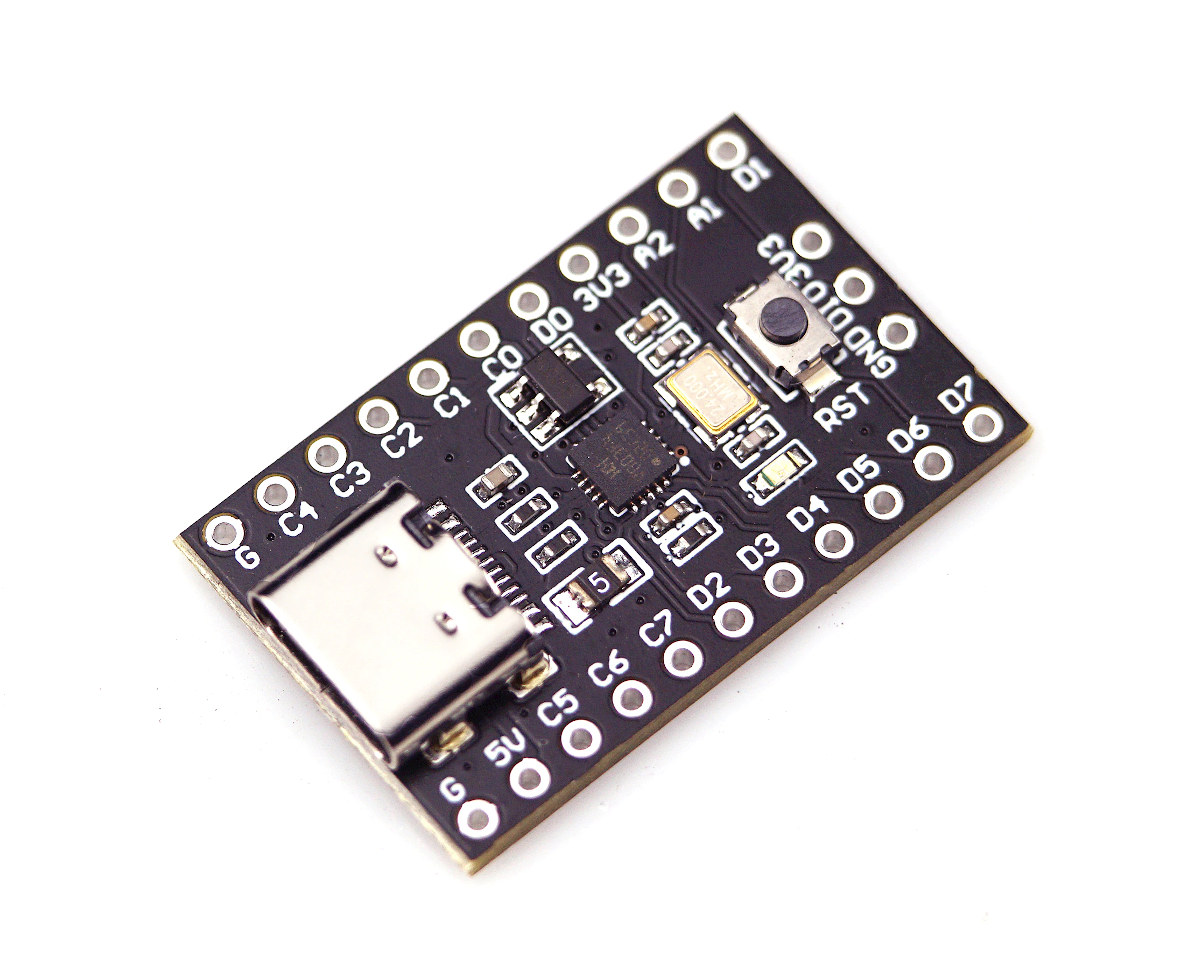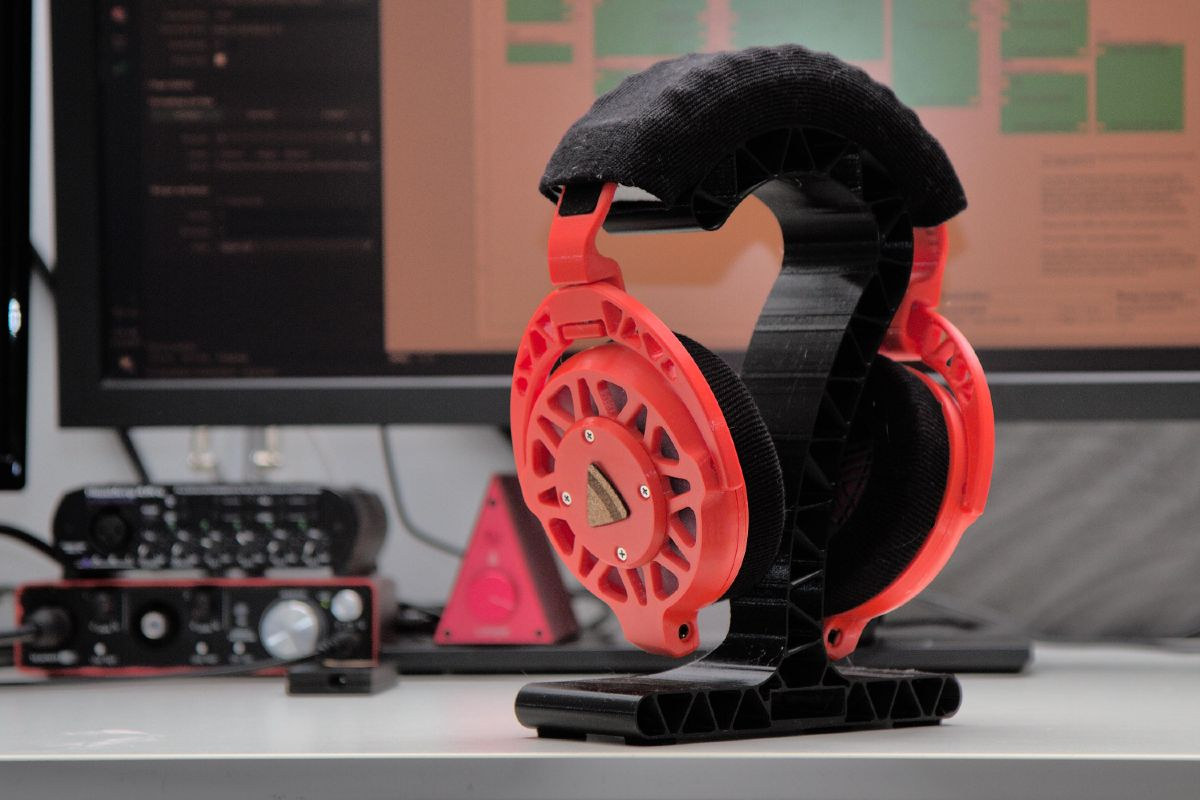AMD Alveo MA35D media accelerator PCIe card is based on a 5nm ASIC capable of transcoding up to 32 Full HD (1080p60) AV1 streams in real-time and designed for low-latency, high-volume interactive streaming applications such as watch parties, live shopping, online auctions, and social streaming. AMD says the Alveo MA35D utilizes a purpose-built VPU to accelerate the entire video pipeline, and the ASIC can also handle up to 8x 4Kp60, or 4x 8Kp30 AV1 streams per card. H.264 and H.265 codecs are also supported, and the company claims its “next-generation AV1 transcoder engines” deliver up to a 52% reduction in bitrate at the same video quality against “an open source x264 veryfast SW model”. AMD Alveo MA350 highlights: Auxiliary CPU – 2x 64-bit quad-core RISC-V to perform control and board management tasks AI Processor – 22 TOPS per card for AI-enabled “smart streaming” for video quality optimization Memory – 16GB […]
PiEEG shield for Raspberry Pi enables brain computer interfaces (Crowdfunding)
PiEEG is an open-source hardware Raspberry Pi shield that measures electroencephalography (EEG), electromyography (EMG), and electrocardiography (ECG) bio-signals and provides a brain-computer interface to applications or robots for gaming, entertainment, sports, health, etc… Ildar Rakhmatulin, a Research Associate at Heriot-Watt University in Edinburgh, is passionate about open-source brain-computer interfaces and first created the IronBCI project based on ADS1299 and STM32 and published a research paper entitled “Low-cost brain computer interface for everyday use” about his work. But cost increases related to the semiconductors shortage of recent years meant the price for his “low-cost” project shot up to over $1,000. So he went back to the drawing board and created the PiEEG shield for Raspberry Pi now available on Crowd Supply. PiEEG shield specifications: ADC – Texas Instruments ADS1299 Analog-to-Digital Converter for biopotential measurements Supported SBCs – Raspberry Pi 3 or 4, and boards with the same 40-pin GPIO header. Host […]
MNT Pocket Reform open-source 7-inch modular laptop launched on Crowd Supply
The MNT Pocket Reform, a smaller version of the MNT Reform laptop, with a 7-inch display has just launched on Crowd Supply with an NXP i.MX8M Plus system-on-module, but also compatible with an NXP Layerscape LS1028A module, Raspberry Pi CM4, Pine64 SOQuartz, and an AMD Kintex-7 FGPA module. The open-source modular laptop also comes with a 128GB eMMC flash, 8GB RAM, WiFi 5 and Bluetooth 5.0 connectivity on-module, an optional 1TB NVMe SSD, a backlit 60-key mechanical keyboard with an optical trackball and four buttons, a micro HDMI port to connect an external display, a few USB ports, and Ethernet through an ix industrial connector. MNT Pocket Reform specifications: SoM – Boundary Devices Nitrogem8M Plus system-on-module with SoC – NXP i.MX 8M Plus quad-core Arm Cortex-A53 @ 1.8GHz with Cortex-M7 real-time core, Vivante GC7000UL GPU, 2.3 TOPS NPU with open drivers, H.264/H.265 Video Decoder with open drivers (Hantro), and HiFi4 […]
Scrcpy 2.0 Android screen mirroring and control utility for PCs released with audio forwarding support
Scrcpy 2.0 Android screen mirroring and control utility for Windows, Linux, and macOS has just been released with support for audio forwarding that enables audio to be played back into the computer/laptop, instead of the smartphone, at least for mobile devices running Android 11 or greater. We first reported about Scrcpy open-source utility in 2018, and at the time, it worked relatively well in Ubuntu 16.04 but required quite a few steps for the installation, and it would lag from time to time. I could still use the mouse and keyboard to control my phone, send SMS, chat, browse the web, play games, switch between landscape and portrait modes, and so on. Five years later, Scrcpy 2.0 has been released, the installation is much easier, and new features have been implemented. Scrcpy 2.0 highlights: Quality – 1920×1080 or above Performance – 30~120fps, depending on the device Latency – 35~70ms Startup […]
Home Assistant compatible “ESP 360 Remote” controls infrared and 433MHz appliances over WiFi (Crowdfunding)
ESP 360 Remote is an ESP32-based IR and 433 MHz RF remote with built-in sensors used to control home appliances over WiFi and that also integrates with Home Assistant open-source home automation framework. The open-source hardware design is comprised of a mainboard with an ESP32-WROOM-32E module, temperature, humidity, and light sensors, and a board on the top with nine infrared LEDs, one IR receiver, as well as a 433 MHz (or 315 MHz) RF receiver and transmitter with the receivers used for learning the code from the remote controls. ESP 360 Remote specifications: Wireless module – ESP32-WROOM-32E with ESP32 dual-core microcontroller 4MB flash 2.4 GHz WiFi and Bluetooth LE connectivity, built-in PCB antenna, fully compatible with ESPHome firmware Control interface 9x High Power IR LEDs to control devices in all directions (hence the 360 name) IR receiver to learn remote control codes 433 MHz (or 315 MHz) RF transmitter 433 […]
CH32V003 RISC-V MCU gets $1.5 development board, open source GCC toolchain and flasher utility
When we first wrote about the 10-cent CH32V003 RISC-V MCU it was offered in a $7 development board and the closed-source MounRiver Studio IDE had to be used for programming. But things have improved since October 2022, and now, you can buy a CH32V003 board for as little as $1.5 plus shipping, and an open-source GCC toolchain and flasher/downloader are now available. Let’s have a look at the hardware first with the low-cost nanoCH32V003 development board featuring a 48 MHz CH32V003 RISC-V microcontroller with 2KB SRAM and 16KB flash, a USB Type-C port for power, a reset button, and two rows of headers for the GPIOs. MuseLab nanoCH32V003 specifications: MCU – WCH CH32V003F4U6 32-bit RISC-V2A microcontroller up to 48 MHz with 2KB SRAM, 16KB flash (QFN20 package) Expansion – 2x 11-pin headers with up to 18x GPIOs, 1x USART, 1x I2C, 1x SPI, 8-channel 10-bit ADC, 5V, 3.3V, GND Debugging […]
Ploopy – 3D printed open-source hardware headphones feature Raspberry Pi RP2040 MCU, TI PCM3060 24-bit DAC
I don’t think I’ve ever written about open-source hardware headphones. But that’s precisely what Ploopy offers with an amplifier based on a Raspberry Pi RP2040, a Texas Instruments PCM3060 24-bit DAC, and an amplifier circuit, as well as 3D printed parts and open-source firmware written in C. As we’ll see further below the project is reasonably well documented, and you can either build it from scratch, purchase a fully-assembled kit, or something in the middle. I suppose you could even do some knitting since woven covers are part of the build just in case making your own PCBs and 3D printing parts are not your things. The electronics are comprised of two boards: The Gould amplifier board with the Raspberry Pi RP2040, Texas Instruments PCM3060 24-bit 96/192 kHz DAC, and several TI OPA1688 audio operational amplifiers The Mazzoleni driver flex boards going into the left and right rings with a […]
KiCad 7.0.0 release – Custom fonts, text boxes, SpaceMouse, crash reporting, and much more
KiCad 7.0.0 open-source EDA software has just been released with a range of new features from custom fonts to 3Dconnexion SpaceMouse integration to opt-in Sentry crash reporting, and many more changes. It took over three years between KiCad 5.0.0 and KiCad 6.0.0 announcements, but only a little over a year for the release of KiCad 7.0.0. Did KiCad developers acquire superhuman abilities or did AI get involved in the development somehow? Most probably not, and instead they change the release schedule to a yearly one, so we should get annual releases of the open-source EDA suite going forward, with KiCad 8.0.0 to be released in Q1 2024. Some notable changes to KiCad 7.0 include: Custom Fonts support is now available in the schematic, PCB, and worksheet editors to allow the use of any system font. Text box support was added in both the schematic and PCB editors. 3Dconnexion SpaceMouse support […]


